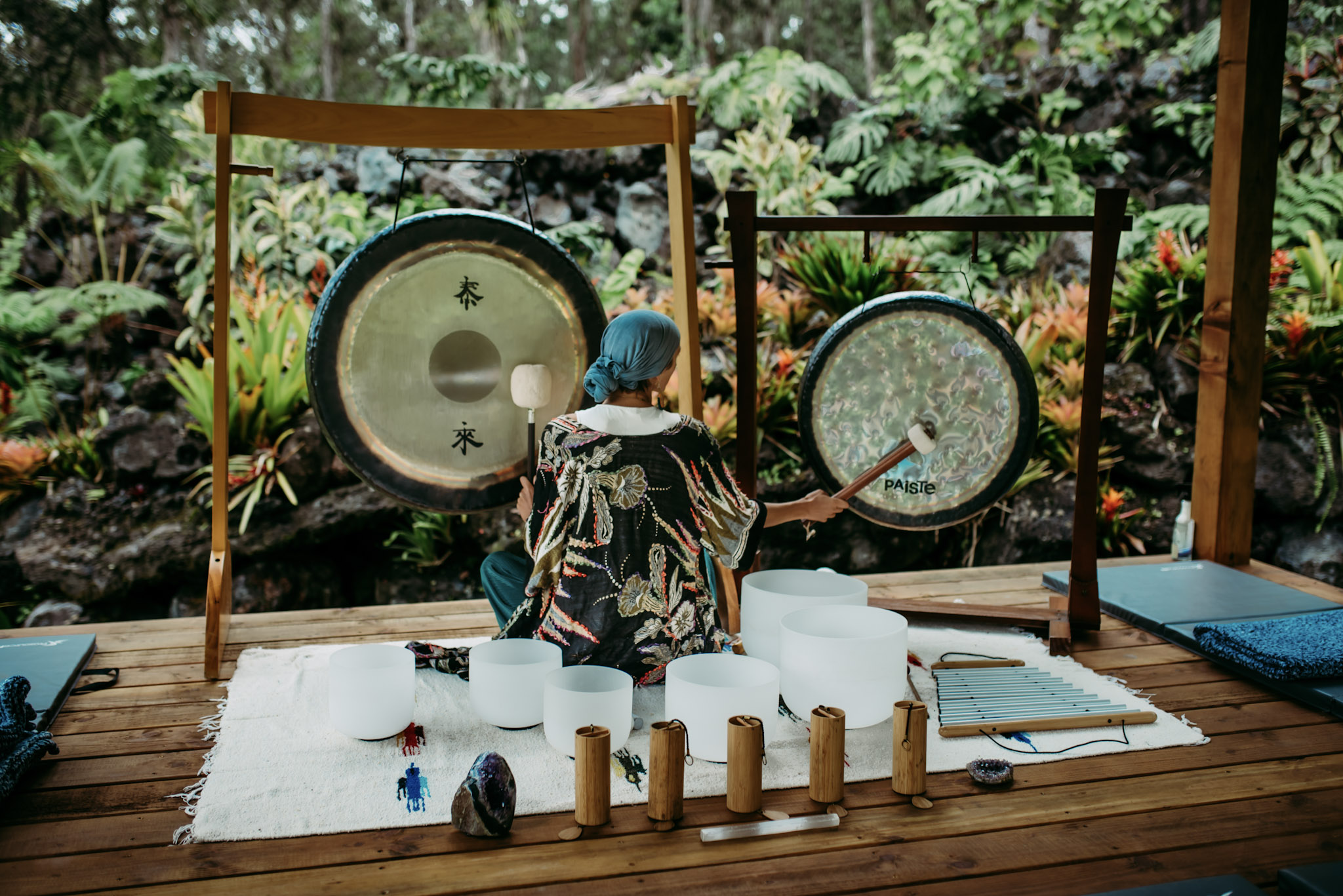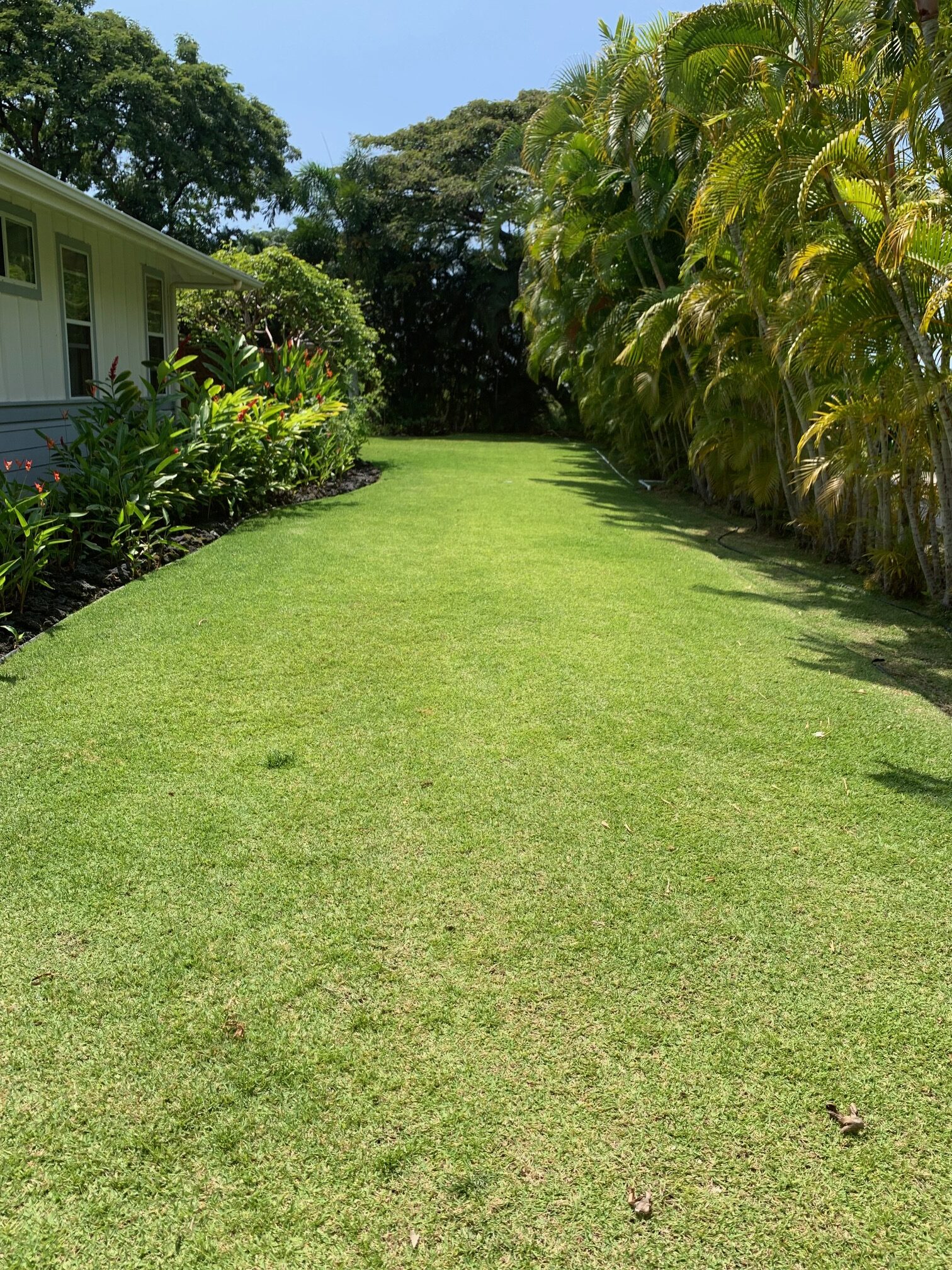This weekend is Palm Sunday and commemorates Jesus’ triumphal entry into Jerusalem. According to the Gospels, it was a week before his crucifixion, when crowds greeted him with Date Palm leaves and shouted “Hosanna” acknowledging him as their king. He came riding on a donkey, fulfilling the prophecy in Zechariah 9:9.This Sunday marks the beginning of Holy Week culminating in the celebration of Easter. The symbolism of palm leaves in ancient times was of victory and triumph often used to honor royalty. The donkey, a humble animal symbolized Jesus’ peaceful kingdom and not an earthly power struggle.
Today, the Date palm is held in high regard around the Mediterranean, Middle East, North Africa and similar climates like Southern California and Arizona where the fruit is grown and used almost every day. We can grow them here as well in places like coastal West Hawaii and South Kohala, but for us, it is the Coconut palm that is held in the highest regard since it is closely associated with the many cultures found around the tropical Pacific. The Polynesians in particular considered this palm essential to their existence as they migrated from west to east.
There are hundreds of other species valuable to humans as well. Many have been introduced to Hawaii. In fact, we have more species here than any other place in the United States. The International Palm Society in cooperation with the Hawaii Island Palm Society is responsible for these introductions along with local plant nurseries. They are committed to educate, protect and promote the use of palms in the tropics, subtropics and warm temperate regions. If you wish to join the HIPS or get involved in some of their activities, visit HawaiiIslandPalmSociety.com. There are tours of private gardens you may like to see and it is a great opportunity to get acquainted with palm enthusiasts.
When we think of the tropics, the first trees that come to mind are Coconut Palms gracing white coral sand beaches. Truly, these palms have been carried by humans throughout the tropical world over thousands of years. Taxonomists, botanists and anthropologists have attempted to discover the origin of this valuable tree, but none are sure. One theory is that the specie evolved in the Australasian region hundreds of thousands of years ago since some of the earliest records are indicative. They may even have evolved when the interior of Australia was ocean. At any rate, the coconut palm is one of our favorite trees in Hawaii for landscape purposes, food and shelter. However, there are many more palms species to be found here. They generally come in two types. These are the feather leaf or pinnate and the fan leaf or palmate. Of course, there are always exceptions like the Fishtail Palms or Caryota species with bipinnate leaves.
Hawaiian gardens include hundreds of species of rare palms. As far as the USA is concerned, even the coconut palm can only be grown here and the southern tip of Florida. When it comes to species of palms in the world, there are hundreds with more discovered each year. They come from the high mountains like the Andean Wax Palms that live at 13,000 feet above sea level to equatorial rainforest species like those from the Amazon. Desert palms are another large group, but none is quite so close to our Hawaiian hearts as the coconut palm. The coconut palm group is composed of scores of varieties including some dwarf types that should be used more in Hawaii. Not only are they shorter and easy to harvest, they are resistant to a devastating disease referred to as lethal yellowing. Unfortunately our endemic Loulu Palms (Pritchardia species) are very prone to this disease. We do not want to accidently introduce this disease.
Palms here have few serious diseases at present. Hawaii’s palms may be affected by bud rot or stem bleeding disease that is often caused by physical damage such as unsanitary pruning equipment or climbing spikes. Most palms showing yellow or stunted growth have been found to be suffering from lack of fertilizer or water. The trees simply need a balanced fertilizer plus minor elements, applied 3 to 4 times per year, and regular irrigation. All these problems are correctable, but if lethal yellowing ever gets in Hawaii, there’s no practical way of stopping destruction of our island’s palms. Not only would the coconut palm be destroyed, but over a hundred species of native and exotic palms would also die.

Hawaii is fortunate to be far from disease affected regions, so it is vital that we do not introduce this and other plant plagues. We can also make every effort to use many of the hundreds of disease resistant species besides the coconut palm to grace our home landscapes, parks and scenic roadways. We are fortunate to have several nurseries like Suchin and Jeff Marcus’s Floribunda Palms and Exotics that have collected palms seed from all over the world for our parks and gardens.
Unfortunately we have a new pest that can attack and destroy many palm species. The Coconut Rhinoceros Beetle has recently been found in Kona and South Kohala. You can’t miss it. It is quite large up to two inches and has horns. If you see this beetle, report it immediately to the Hawaii Department of Agriculture. It is important to cooperate with the Hawaii and Federal Departments of Agriculture and follow all the rules of inspection to keep our palms free of disease and insect pests.







